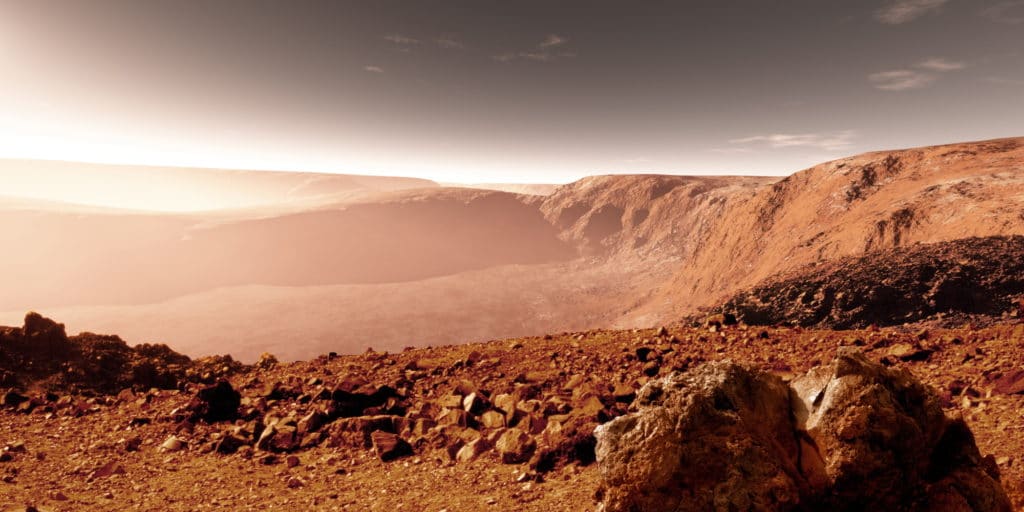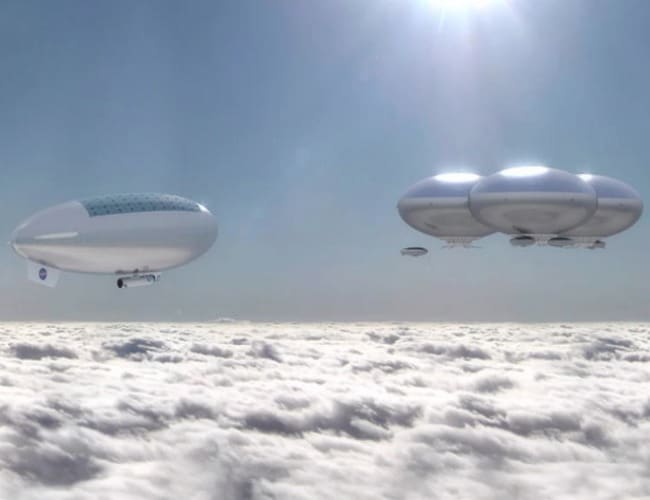A scientist’s analysis of photos taken from NASA’s Curiosity suggests that there is evidence of ancient life on Mars, but many critics are warning people not to get too excited just yet.
The new paper in the journal Astrobiology claims that Curiosity’s photos of the Gillespie Lake outcrop in Mars’ Yellowknife Bay reveal microbially-induced sedimentary structures (MISS).
If this is true, the structures would serve as proof that microbial life exists, or at least existed, on Mars.
While some science-lovers are gazing at the photos with wide eyes filled with amazement, skeptics aren’t too sure about the evidence.
After all, the paper was even intended to be nothing more than a “hypothesis paper.”
The photos are currently being treated as if they are extraterrestrial versions of ghost pictures—those who already believe in that kind of thing are excited about the visuals but those who have long been skeptics remain unimpressed.
The circumstantial evidence comes from Nora Noffke, who has spent quite some time looking for signs of life on Mars.
That alone, for some people, is enough to suggest that Noffke could be reading too deeply into the vague markings on Mars’ surface.
Not everybody is discounting the paper, however, and Geek contributor Graham Templeton believes, at the very least, the photos are something to get excited about it.
“All wishful thinking aside, and within the context of this paper’s openly hypothetical status, it’s not irresponsible to get at least a little bit excited about these findings,” Templeton wrote.
In the same breath, however, Templeton explained why many experts aren’t placing any bets on the research just yet.
Outside of the markings in Curiosity’s photos, there is no other evidence to support microbial life on Mars.
“Curiosity has been blasting rock samples with lasers and measuring atmospheric methane to search for direct chemical evidence of current or ancient life, but so far the findings have been ambiguous at best,” Templeton added. “If microbes really did carpet Gillespie Lake for a long period, that might have been one of a small selection of places where that was the case.”
So the pictures are no sure sign of life on Mars but it’s important to note that Curiosity’s mission isn’t over just yet.
The rover is still making its way across the rocky planet hoping to one day send back solid evidence of life on Mars.




